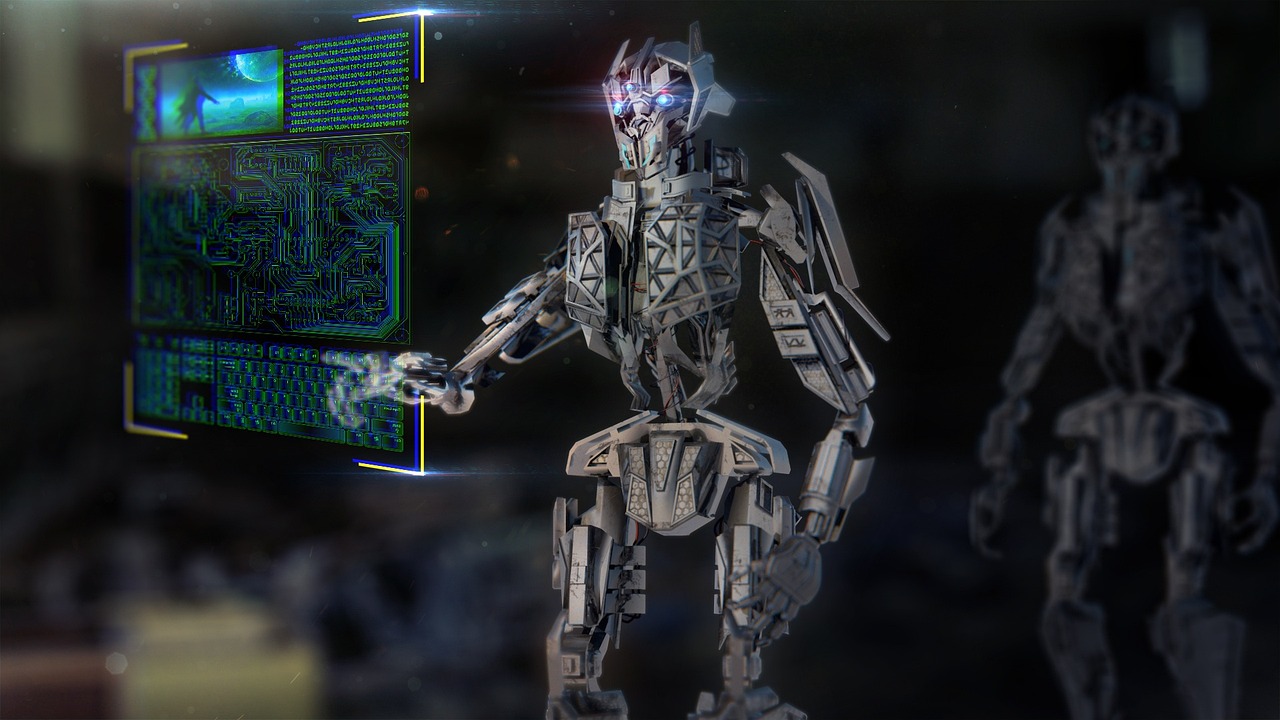The idea of immortality has fascinated humanity for centuries, from ancient myths of the Fountain of Youth to modern-day sci-fi depictions of consciousness transfer. But what if, in the not-so-distant future, technology could allow us to “live” beyond death? Digital immortality, preserving and potentially resurrecting individuals in digital form, is becoming more than a science fiction fantasy. As technology advances, many wonder if it might be possible to digitally bridge the gap between life and death.
What is Digital Immortality?
Digital immortality refers to preserving an individual’s thoughts, memories, and personality in a digital format after death, allowing them to continue to exist in some form. This could involve anything from a virtual avatar that mimics a person’s voice and appearance to a highly sophisticated AI that can replicate a person’s thought patterns and decision-making abilities. Essentially, digital immortality would enable the deceased to “live on” in the digital realm, interacting with the living and offering the illusion of eternal life.
Several avenues are being explored to achieve this concept, including:
- Data Preservation: Advances in data storage technology have made it possible to archive vast amounts of personal data, including emails, social media posts, and photos. This data can create a digital profile that may serve as a digital afterlife.
- Artificial Intelligence: AI technology has made great strides in replicating human cognition and behavior. Some companies are already experimenting with creating chatbots and virtual assistants that can imitate the conversational style of a deceased person based on their digital footprint.
- Brain Mapping and Uploading: Some people’s ultimate goal of digital immortality is the possibility of “mind uploading.” This futuristic idea involves scanning and mapping the entire brain, including its neural connections and patterns, and transferring that information to a computer. In theory, this would allow a person’s consciousness to exist digitally.
The Technology Behind Digital Immortality
While we are far from achieving complete digital immortality, several technologies are pushing the boundaries of what is possible. One of the most notable developments is in neural interfaces and brain-computer interaction. Companies like Neuralink, founded by Elon Musk, work on technologies that directly link the human brain with computers. This could allow for the storage of thoughts or the transfer of cognitive abilities into a digital system.
Additionally, AI-powered avatars and chatbots are already being used to create digital representations of the deceased. These digital avatars are built from the personal data left behind by individuals, such as texts, social media interactions, and voice recordings. In some cases, these avatars can even simulate conversations, giving the impression of communicating with the deceased.
Ethical and Philosophical Implications
While the possibility of digital immortality is exciting, it raises profound ethical and philosophical questions. One of the most significant concerns is the authenticity of a digital afterlife. Even if AI could replicate someone’s personality or speech patterns, would it be “them”? Can an avatar created from a person’s data ever capture the essence of their humanity? The debate over whether a digital version of a person could possess consciousness or be simply a hollow imitation continues to be a significant hurdle.
Moreover, questions around consent, privacy, and the potential misuse of personal data must be addressed. What happens if a deceased person’s data is hacked, altered, or used for commercial purposes? Could digital immortality be abused, for example, by companies using a deceased individual’s likeness or persona without permission?
The Limits of Technology
While the idea of digital immortality is intriguing, we are still far from creating an authentic, conscious digital replica of a person. Current technology can only preserve aspects of an individual’s personality and memories but cannot replicate the full complexity of human consciousness. Even with advancements in AI and brain mapping, the brain’s intricate and vastly unknown nature presents significant challenges.
At best, digital immortality might simulate life after death—an echo of our thoughts and actions but not our true selves.
Conclusion
Digital immortality offers a tantalizing glimpse into the future of life after death, powered by technology. While the concept may not yet be fully realized, advancements in AI, data storage, and brain science suggest that the idea is closer than ever before. However, as with all technological advances, digital immortality raises important ethical questions and limitations that must be carefully considered. For now, it remains a fascinating concept—one that could radically change our understanding of life, death, and the nature of existence.




